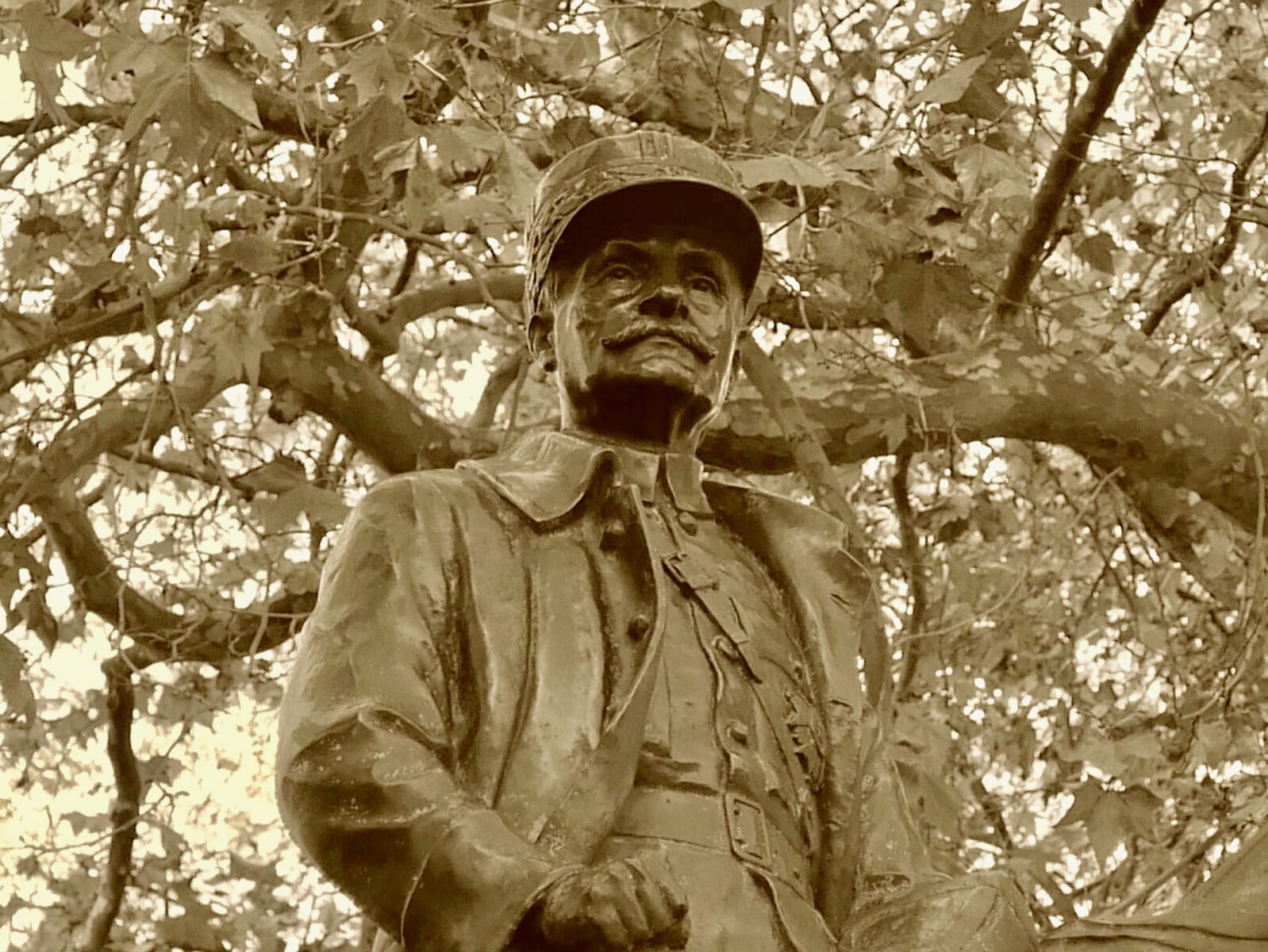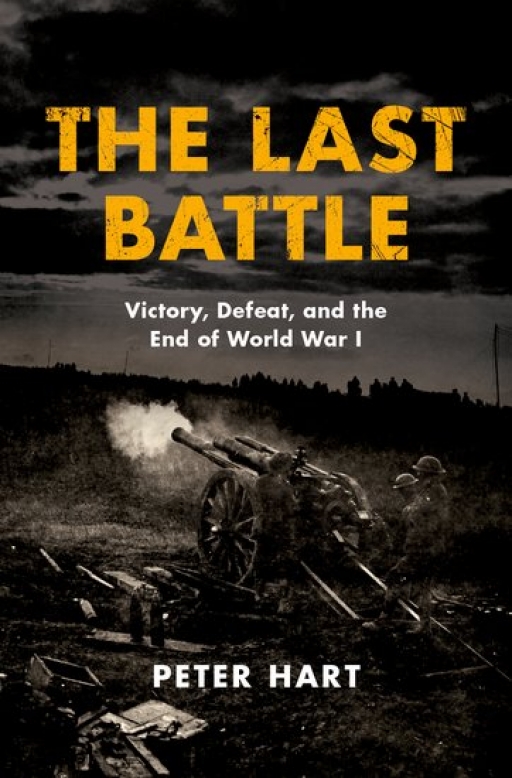Review by Centenary News Editor:
The German Army is falling back, there’s talk of advancing to Berlin, and tensions are palpable among the Allies. It sounds a bit like 1945, but this is 1918 and the story of the final months of the First World War.
Peter Hart has produced a compelling account of ‘The Hundred Days Offensive’, the Allied operations which forced Germany to seek an armistice in November.
A well-prepared French counter-attack halted the last German offensive on the Marne in July 1918. Hart then focusses in earnest on the sequence of campaigns beginning with the Battle of Amiens on August 8 (‘the Black Day’ of the German Army), moving on to the crucial battles of the Meuse-Argonne, the Canal du Nord, Ypres, the St Quentin Canal, the Selle and the Sambre.
After four years of war, he highlights the development of the ‘All Arms Battle’, harmonising weapons systems on the ground and in the air to maximum effect, and the impact of newly arrived US troops.
And as befits an oral historian, Hart tells much of the story through the words of the troops and their commanders, weaving their experiences together with his own forthright analysis of the war of movement that delivered victory. Yet these are battles attracting much less public interest than the attrition of the Somme, Verdun or Passchendaele.
Neglect
The author condemns the ‘scandalous neglect’ of attention on the British Expeditionary Force’s last action at the River Sambre on 4 November 1918 – a battle to ‘match the scale of the ill-fated opening attack’ on the Somme.
The reasons are manifold, he suggests: “Authors who have slogged through the whole war, or even just the tumultuous events of 1918 are often by this stage of the story suffering from either writer’s cramp, or, understandably, fear that yet another offensive, yet more barrages, the men going over the top one more time, might test the reader’s patience.”
The death of the war poet, Wilfred Owen, during the crossing of the Sambre – sad though it was – should not be the only focal point for considering these huge offensives, Hart argues.
And there’s possibly another reason for this surprising lack of awareness. As the author points out: “The Western Front in the autumn of 1918 was unremitting. Battle followed battle, often blurring together with a complexity that was only unravelled – in theory at least by post-war deliberations of the Battles Nomenclature Committee.” If the experts struggled to define this bewildering rush of events, what hope for the rest of us?

Marshal Foch, the ‘inspirational’ Allied Supreme Commander who grasped the opportunity to end the war (Photo: Centenary News)
The Last Battle’s publication in March 2018 actually coincides with the centenary of the German Spring Offensive, Erich Ludendorff’s last bid for victory which initially threatened to overwhelm the Allies. It’s a reminder of just how radically fortunes changed as the war of movement returned after years of deadlock.
Suggestions of Allied victory, at this time 100 years ago, would have seemed far-fetched. But over the spring and summer of 1918, the German Army was drained by the effort of its offensive operations and a sense of inevitable defeat as American troops arrived in strength.
The Second Battle of the Marne in July showed that the French Army was once again an effective fighting force, Peter Hart explains, and the British officer corps had gained in battle experience since 1914, crucially promoting NCOs with proven leadership qualities. Furthermore, a whole new generation of properly trained staff officers had emerged to master the complexities of logistics and planning.
The Allies also benefitted from operating under the overall direction of the ‘inspirational’ Marshal Foch, Hart says. Appointed 100 years ago this month as German forces threatened to split apart the French and British armies, Foch seized the opportunity to go back on the offensive in August once the enemy’s momentum was spent, ‘allowing for the hope that the war might be ended in 1918′.
Differences
It was certainly not all harmony between the Allies. The French Prime Minister, Georges Clemenceau railed at American ‘incompetence’ after being caught up in a ‘logistical mess’ and traffic jam behind the US lines in the Meuse-Argonne (a problem by no means unique to that front as the Allied armies advanced). And in the hard fighting to break the German lines at St Quentin, the Australian general, Sir John Monash, lamented: “The best troops of the United Kingdom have long ago been used up and we now have a class of man who is without initiative or individuality…On the other hand, the Canadians and Australians have never failed to achieve all their objectives according to plan.”
Pushed to the limit in the autumn, Germany’s military commanders put out feelers for an armistice. Even Paul von Hindenburg conceded “We shall soon be at the end of our strength.”
One underlying truth of the Great War must be driven home, Peter Hart declares. “The war finished with the collective armies of France, Britain, America and Belgium achieving total domination over the German Army on the Western Front.”
He ends with a timely reminder of what life would be like for the huge number of troops returning from the battlefields. Demobilisation was a massive undertaking. The British Army had swollen from a pre-war strength of 400,000 soldiers to 3.8 million. The last battle for these men lay at home, Hart observes. They had to rebuild relationships and fight for secure jobs. For some, there was the additional struggle of coping with physical and mental wounds. This too is in danger of being overlooked when the First World War Centenary commemorations are no longer with us to provide a focus.
The Last Battle: Victory, Defeat and the End of World I, by Peter Hart – Oral Historian of the Imperial War Museum – is published by Oxford University Press.
